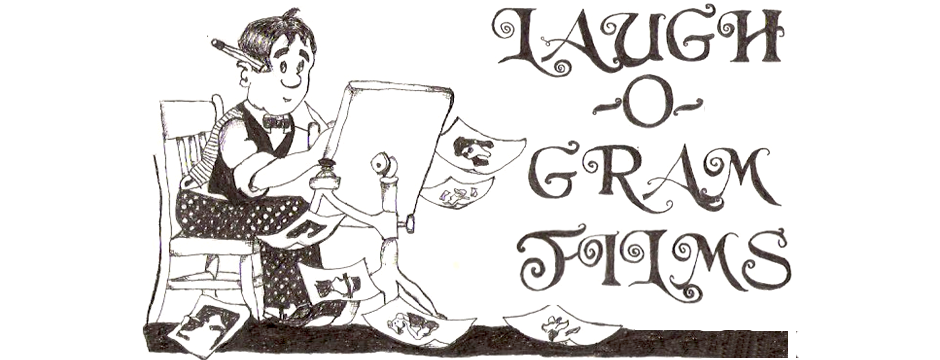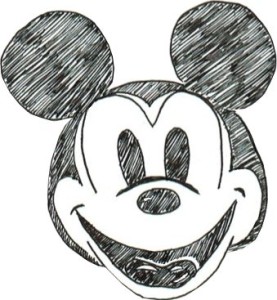 “Before Mickey Mouse, before the Fairbanksian mustache, and even before the Alice comedies, came Walt Disney’s Laugh-O-grams. Disney’s first animated films began in 1920 as after-work projects when Disney was a commercial artist for an advertising company in Kansas City. He made these cartoons by himself and with the help of a few friends.
“Before Mickey Mouse, before the Fairbanksian mustache, and even before the Alice comedies, came Walt Disney’s Laugh-O-grams. Disney’s first animated films began in 1920 as after-work projects when Disney was a commercial artist for an advertising company in Kansas City. He made these cartoons by himself and with the help of a few friends.
He started by persuading Frank Newman, Kansas City’s leading exhibitor, to include short snippets of animation in the series of weekly newsreels Newman produced for his chain of three theaters. Tactfully called “Newman Laugh-O-grams,” Disney’s footage was meant to mix advertising with topical humor. Of these fillers, only the pilot survives, a two-and-a-half minute sample reel that reveals the format: the hand of a lightning sketch artist composes gently satirical drawings that come to life in a final animated sequence. The last scene of the pilot, which editorializes on local police corruption headlines, was animated by Disney alone. It is one of the few surviving scenes he ever completed by himself.
The Laugh-O-grams were a hit, leading to commissions for animated intermission fillers and coming attractions slides for Newman’s theaters. Spurred by his success, the 19-year-old Disney decided to try something more ambitious: animated fairy tales. Influenced by New York animator Paul Terry’s spoofs of Aesop’s Fables, which had premiered in June 1920, Disney decided not only to parody fairy-tale classics but also to modernize them by having them playing off recent events. With the help of high school student Rudy Ising, who later co-founded the Warner Brothers and MGM cartoon studios, and other local would-be cartoonists, Disney worked for six months putting together his first fairy tale cartoon.”
Excerpt from essay by Russell Merritt and J.B. Kaufman →

